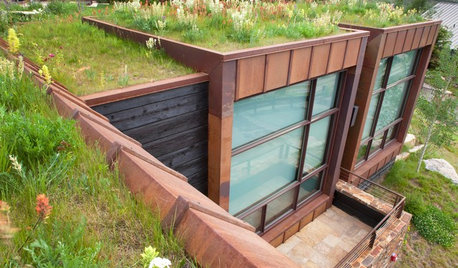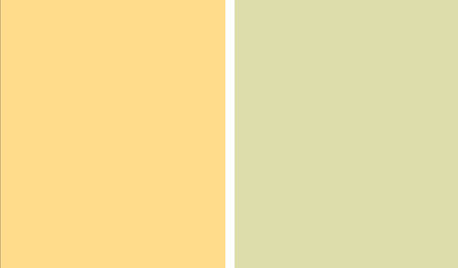Sod--Green on top, brown underneath
heimert
15 years ago
Featured Answer
Sort by:Oldest
Comments (22)
philes21
15 years agoheimert
15 years agoRelated Professionals
Havre de Grace Landscape Architects & Landscape Designers · Lakewood Landscape Architects & Landscape Designers · Willowick Landscape Architects & Landscape Designers · Brooklyn Center Landscape Architects & Landscape Designers · Clearlake Landscape Contractors · Ellicott City Landscape Contractors · Farmington Landscape Contractors · Fort Hunt Landscape Contractors · Kaysville Landscape Contractors · Midland Landscape Contractors · Plainview Landscape Contractors · Seven Hills Landscape Contractors · Severna Park Landscape Contractors · Haltom City Swimming Pool Builders · South Riding Swimming Pool Buildersegghead2004
15 years agoheimert
15 years agoegghead2004
15 years agoheimert
15 years agopaulinct
15 years agoheimert
15 years agopaulinct
15 years agophiles21
15 years agoheimert
15 years agoegghead2004
15 years agoheimert
15 years agonotes
15 years agoegghead2004
15 years agonotes
15 years agosoccer_dad
15 years agophiles21
15 years agoheimert
15 years agophiles21
15 years agoheimert
15 years ago
Related Stories

GARDENING GUIDESHow to Plant a New Lawn From Sod
Take the quick-start route to turf with sod; these installation guidelines will help ensure a healthy and long-lasting lawn
Full Story
GREEN BUILDING6 Green-Roof Myths, Busted
Leaky, costly, a pain to maintain ... nope, nope and nope. Get the truth about living roofs and see examples from simple to elaborate
Full Story
GROUND COVERSGround Force: 10 Top Ground Covers for Your Garden
Protect your soil from weeds and drought this summer with a living mulch of ground covers
Full Story
HOUSEPLANTS10 Top Plants to Grow Indoors
Brighten a room and clean the air with a houseplant that cascades artfully, stretches toward the ceiling or looks great on a wall
Full Story
TILETop Tile Trends From the Coverings 2013 Show — the Wood Look
Get the beauty of wood while waving off potential splinters, rotting and long searches, thanks to eye-fooling ceramic and porcelain tiles
Full Story
CENTRAL PLAINS NATIVE PLANTS10 Top Grasses for the Central Plains
Low-maintenance grasses provide seasonal interest and wildlife habitat, and aid good design
Full Story
STUDIOS AND WORKSHOPSStudio Tour: A Painter’s View From on Top of the World
This colorful artist’s space in Australia sits up high and opens up to inspiring views of the Queensland rainforest
Full Story
DECORATING GUIDESPaint Color Ideas: 8 Uplifting Ways With Yellow and Green
Dial up the cheer with yellow and green paint combinations sure to cast off winter doldrums
Full Story
KITCHEN OF THE WEEKKitchen of the Week: Goodbye, Honey Oak — Hello, Minty Green
After more than 30 years, the Kloesels revamped their space to reflect their rural country town and Victorian-style home
Full Story
KITCHEN DESIGNKitchen Counters: Recycled Paper Surprises With Durability and Warmth
Sturdier than you might think, this postconsumer countertop material also has major environmental cred
Full StoryMore Discussions







heimertOriginal Author